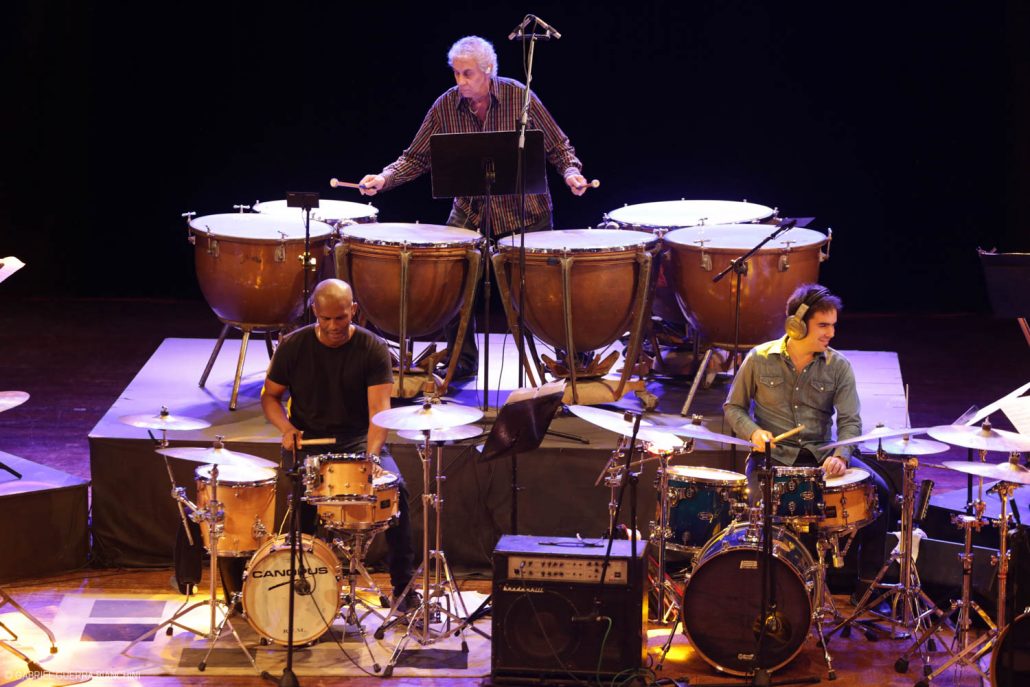

Rather than supporting musical arguments based on motivic manipulations, melodic contours, or harmonic progressions, the materials these composers began using for dramatic development arose directly from the changing textures, timbres, and dynamics inherent in the body of instruments at hand alone. 1933), began by dividing the orchestra into a collection of individuals, each with their own (albeit inter-related) part: if there were sixteen first violins, there would often be sixteen unique parts, if four clarinets, four parts.

These mavericks, mostly of Eastern European origin, such as Iannis Xenakis (1922-2001), György Ligeti (b. However, in the post-World War II era, a number of composers (working independently of one another) began to write works in which the instrumentalists of a large ensemble would participate in building sonorities in a fundamentally new manner. Even as their distinctly unique styles emerged to challenge many of the fundamental principles of the Western musical canon, their approach to orchestration, however original and personal, remained well within the confines of the tradition they inherited. This may be due to the fact that many of those composers were first educated on model works of the 18th and 19th centuries, and that they often wrote their first pieces in an idiom directly influenced by the concepts that governed these stylistic premises. Experimentation throughout Europe led to the development of the standard orchestra in its modern form by the late 19th century.ĭespite the fact that the musical materials of the first half of the 20th century might have been quite different than those of the preceding era, the utilization of the standard symphony orchestra remained firmly grounded in the concepts of the Common Practice. This was accomplished through quantity of personnel, such as the need for twelve to sixteen first violins while there might be only three or four flutes, two or three trumpets, and so forth. As such, the modern orchestra sought for a balance between the wind, brass, percussion, and string groups to permit the composer the greatest flexibility while maintaining acoustical equilibrium. In effect, it was used as a timbral palette wherein various forces were engaged to provide a means of transparency for the arrangement of polyphonic, motivic, textural, or harmonic ideas. Traditionally, the composer's implementation of symphonic ensembles consisted of building large sonorities from smaller instrumental groups in a hierarchy of functions.


 0 kommentar(er)
0 kommentar(er)
